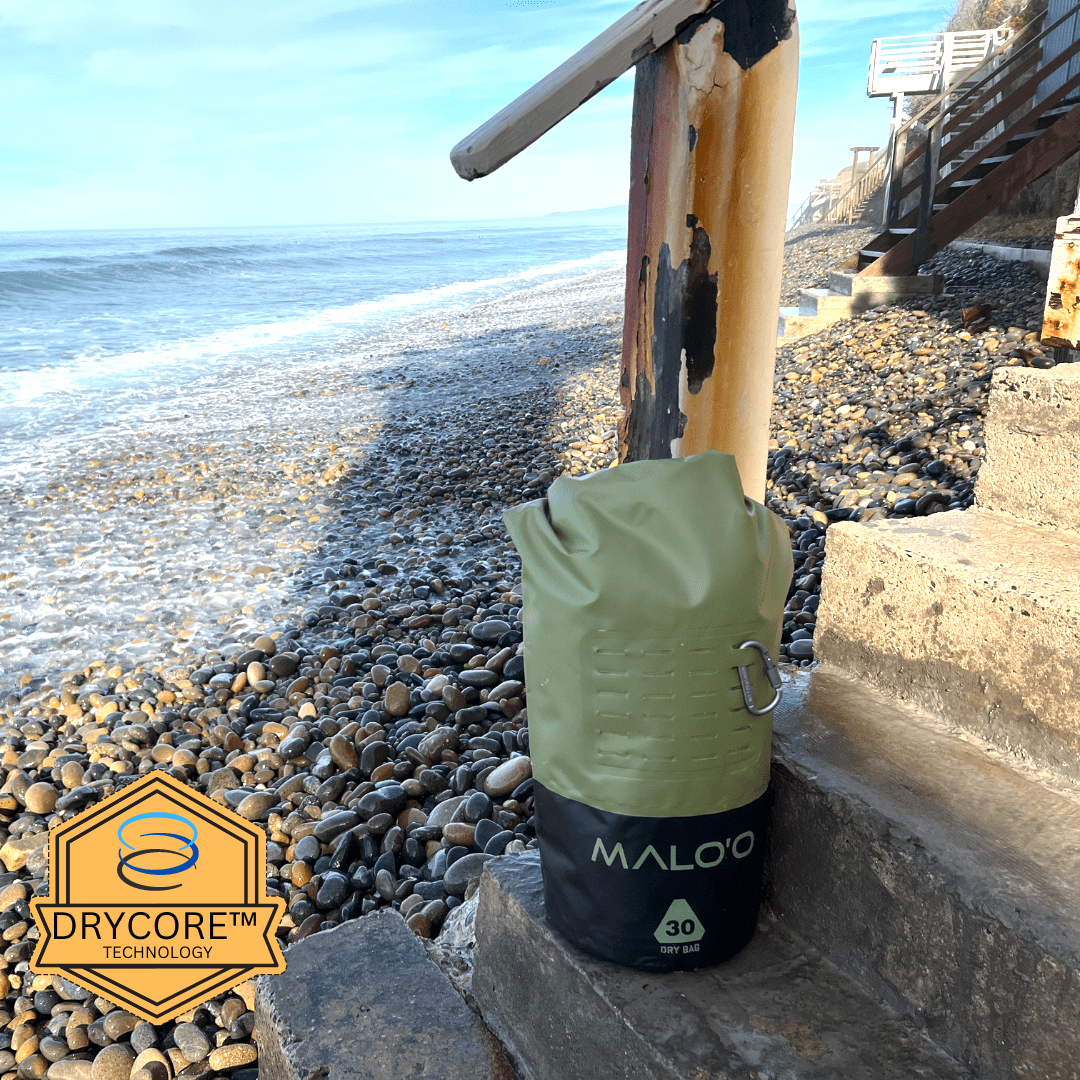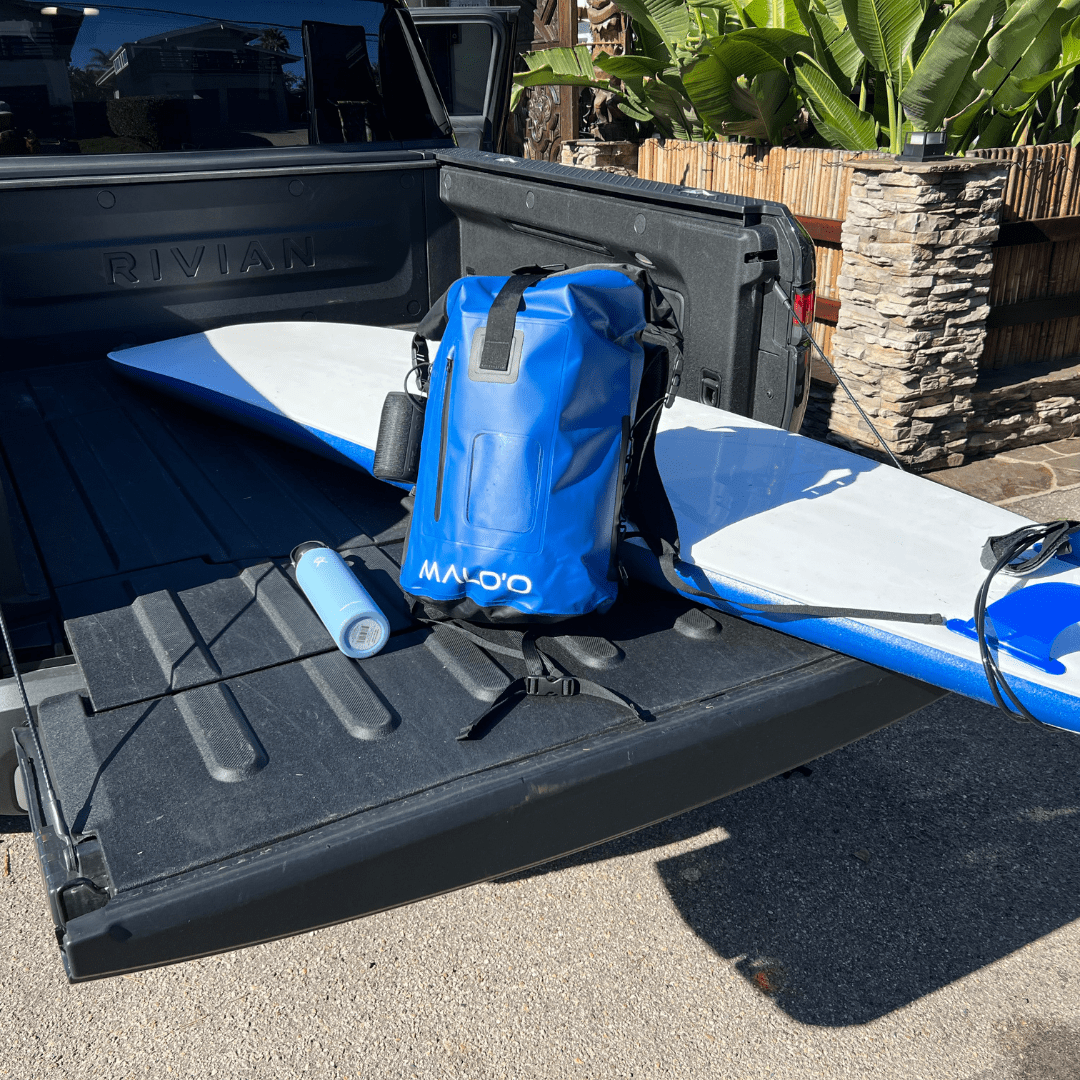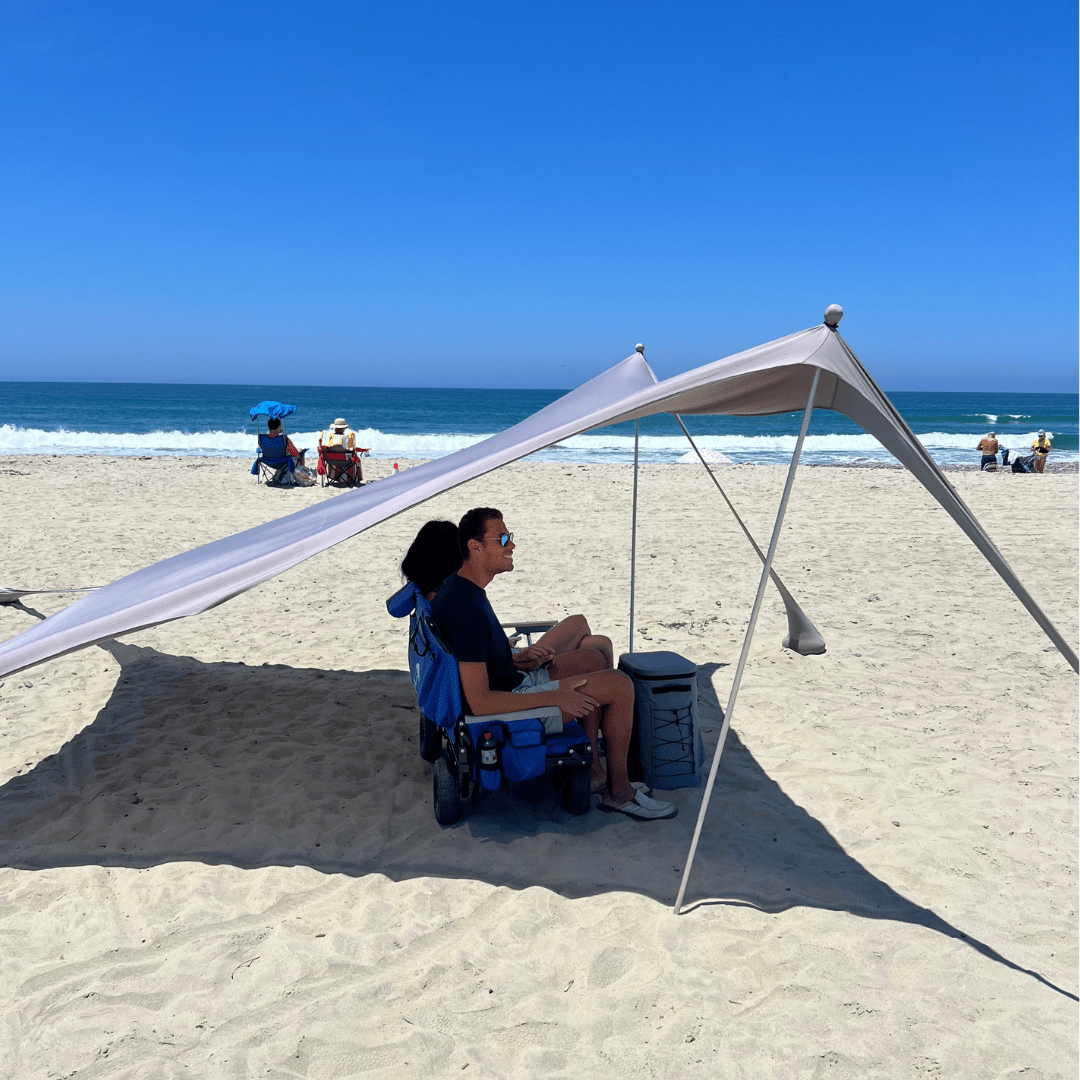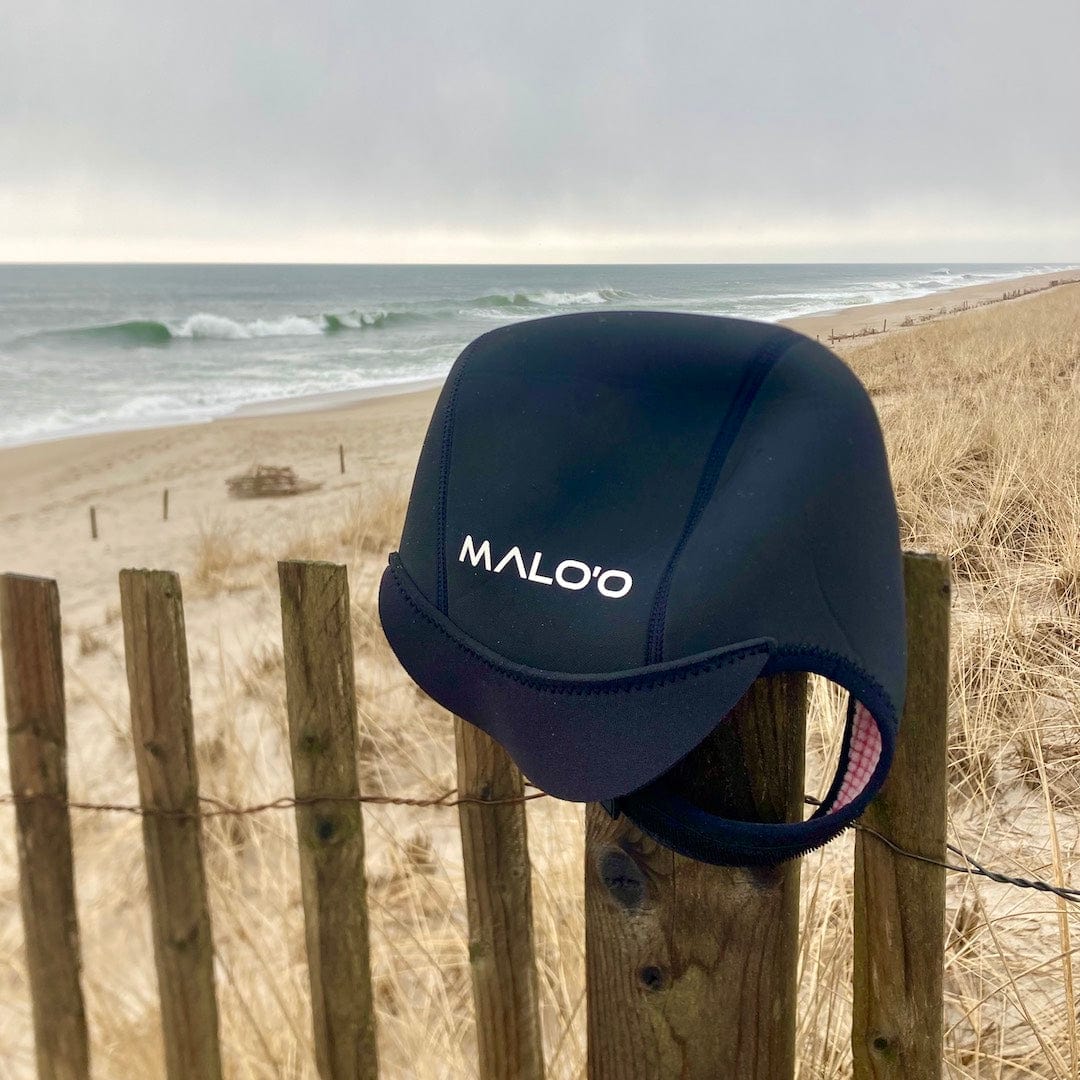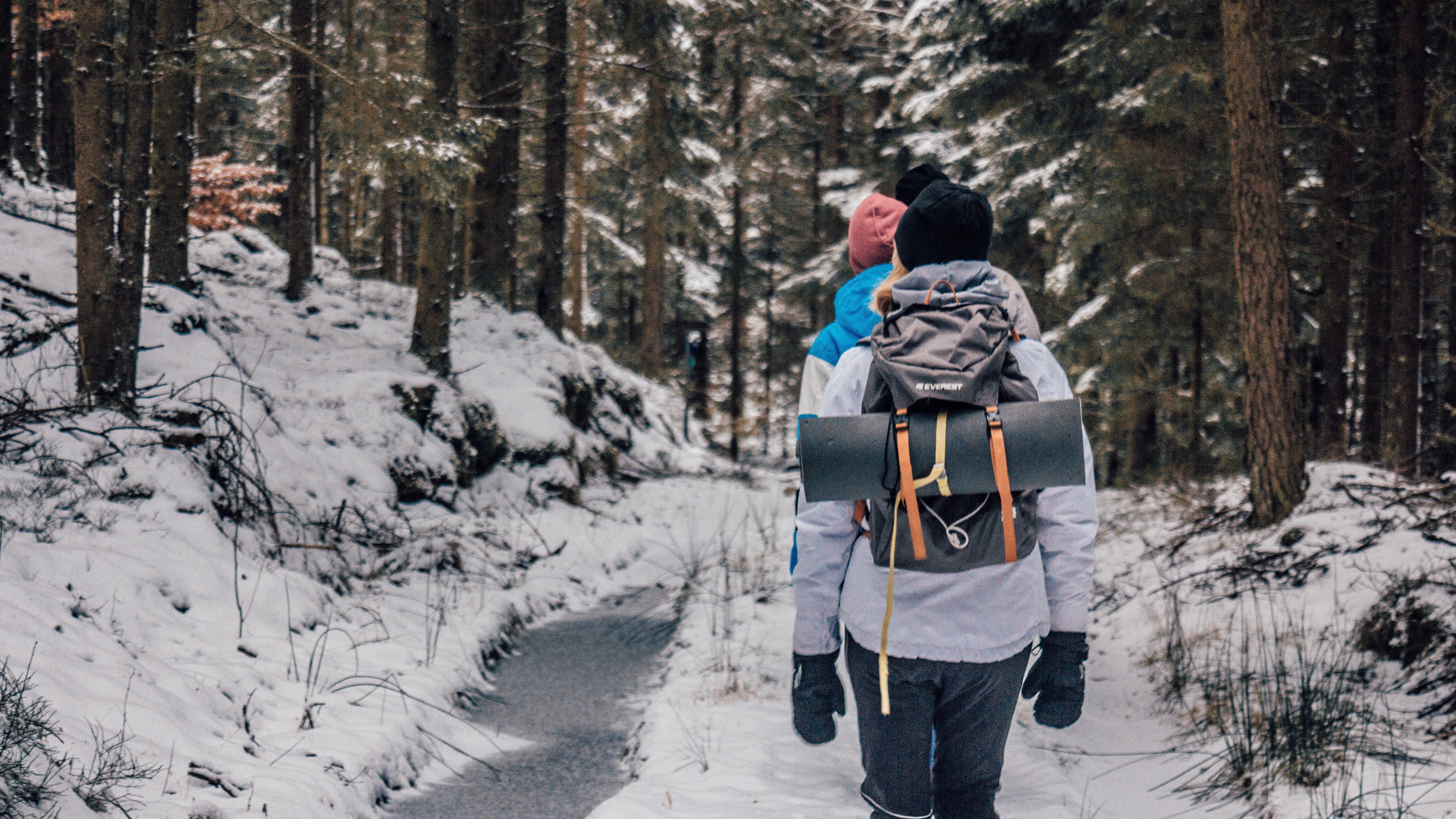It doesn’t require rocket science to understand why hiking is a huge favorite for many devout adventure fans. With hiking trails covering lush unexplored hills and valleys and some of the countryside’s most beautiful natural spots, conquering them and taking photos is sheer fun. But what not so many people know is that each win comes with multiple untold physical demands.
Hiking isn’t overly fun with no gloom!
You can imagine how tiring it would feel walking for hours without taking a rest and with a backpack filled with heavy supplies. Lots of dangers come with trekking, ranging from developing blisters or swollen feet to getting caught in ferocious weather conditions or even dealing with dangerous wildlife. Having a firm grasp of hiking safety tips is, therefore, mandatory.
How to Stay Safe While Hiking
Proper planning is the alpha and omega of any successful hiking expedition. Without it, even a short hike could end up as a dangerous outing. So, to stay safe while trekking or mountaineering, remember the following safety tips for hiking.
1. Know the terrain
Before you set out, do your homework before the very trek. You can use the web to see the photos and the likeliest hurdles, consult Exotic Hikes, trawl Google Maps or just find out on Facebook. By researching the nature of the trail, you will know what to carry and how long it would take.
2. Know your limits and insist on as many breaks as possible
It is you who knows how far your body can go while hiking. Do not feel like hiking is a competition and you've got a point to prove because if you push your limits too far, you might get stuck, unable to continue. So, as soon as you feel tired, take a break to recharge. 5-10 minutes of breaking is good for adequate improvement.
3. Put on the right outfit
Smart hikers know this – the right clothes to wear for a specific trail. If you’re already familiar with the expected weather, choosing the best attire will be a no-brainer. Hiking a majestic mountain like the Everest, Mount Elinor, Kilimanjaro or even your local mountain would demand that you put on warm, but light outfit. For a regular trek, yoga pants, workout tops, and tennis shoes might do. What you should not forget to carry, however, is a raingear – have it even when the weathermen predict sunny days.
4. Leave a message
Never set out without informing your loved ones where you’re going and how long you’ll be away. A note or a short text won’t cost anything. Also, it is the best way of getting tracked and rescued in case things go south!
5. Hike as a party
It’s recommended that you stay on the trail, not just for extra safety, but also for the comfort of it. Off-trail accidents are quite common, and they include getting lost or suffering attacks from devious humans and animals. The only time to leave the trail should be when you need to use the bathroom or when there’s an aggressive attack!
Bonus Hiking Safety Tips
- Exercise adequately before starting the trek
- Choose a hiking partner
- Carry your first aid kit.
- Carry your Malo’o DryRack
- Know exactly where you’re going
- Bring along a lot of drinking water or a purification system.
- Dispose of litter properly.
- Leave local plants and animals alone – give them their space.
- Know how to light a fire.
- Know when to raise the alarm.
Final Words
Sticking to these rules isn’t a guarantee of staying safe. However, it serves to guide the actions and behaviors of the trekkers. So, please, be careful and be safe!
